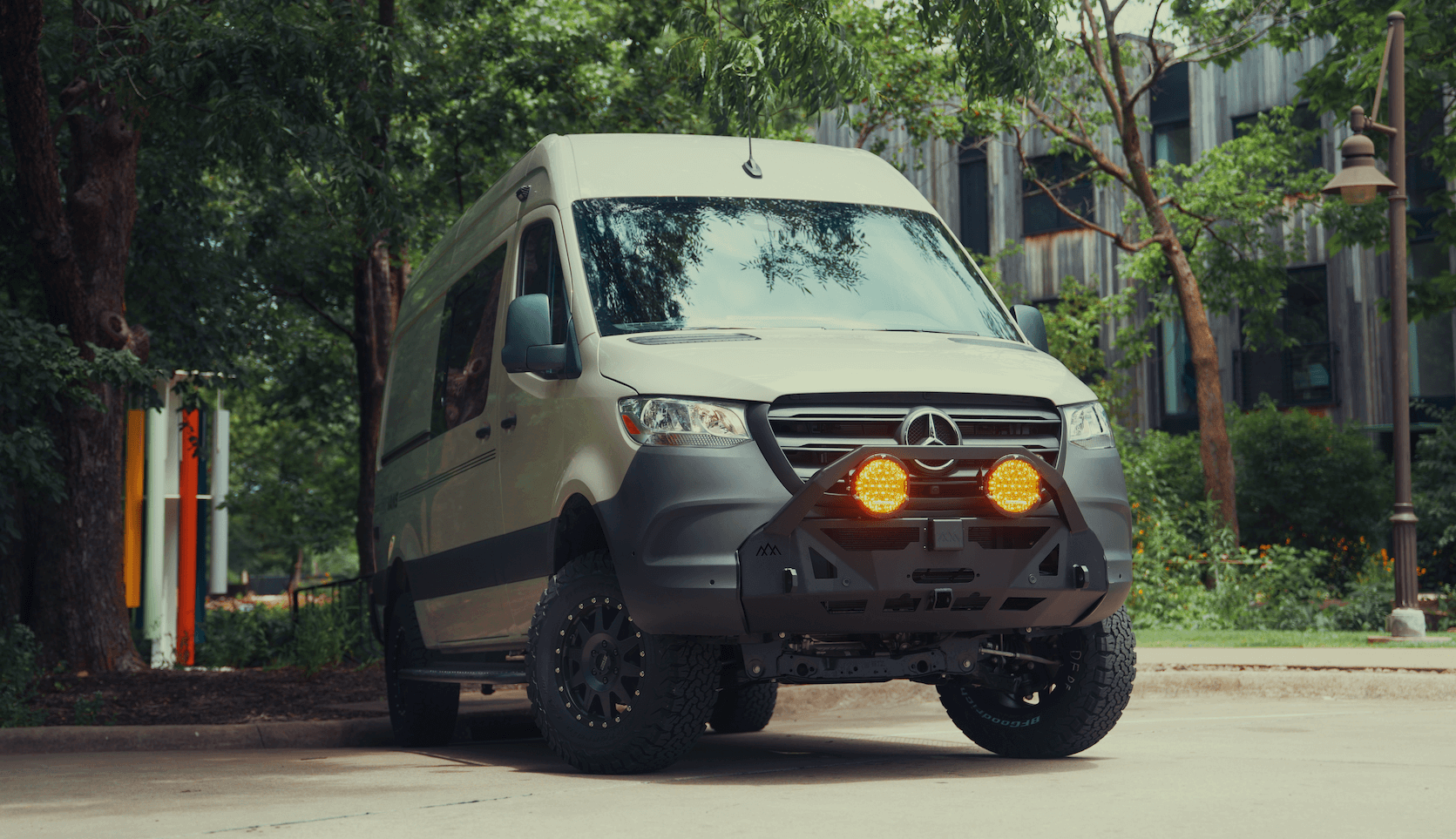Recreational Vans

Wood heat inside a compact van can be cozy, efficient, and surprisingly simple once you dial in safety and airflow. The appeal is clear. dry radiant warmth, the option to simmer a pot on the cooktop, and fuel that can be sourced in many regions. The tradeoffs are just as real. frequent tending, ash management, safe storage of dry kindling, and strict clearance rules in a small space. Success comes from planning the entire system as a package. stove, hearth, heat shielding, chimney, roof flashing, ventilation, and alarms.
Most micro stoves intended for boats or cabins run roughly 3 to 8 thousand BTU on a gentle burn and up to the mid teens when loaded hot. In a van, smaller is often smarter to avoid roasting yourself. A quality small firebox paired with dry hardwood gives steady heat without constant door opening. Oversizing invites short burns and creosote. Insulation, window area, and your climate should drive the size choice, not just the stove listing.
A straight vertical flue draws best. A roof exit that keeps the pipe tall and centered relative to the stove reduces smoke backdraft. Use insulated double wall pipe after the first section and include an external spark arrestor. Keep bends to a minimum. If a bend is unavoidable, limit to one gentle change of direction and return to vertical quickly. Every roof penetration needs a high temp boot, proper flashing, and a storm collar to shed water.
Stoves demand clearances on all sides, sometimes 12 to 36 inches depending on model and shielding. In a van you can reclaim space by adding a proper heat shield. metal panel with a one inch air gap and top and bottom vents to allow convective cooling. Behind and beside the stove, use non combustible materials. stainless, tile over cement board, or stone set over an air gapped substrate. The hearth should be non combustible, secured to the floor, and large enough to catch embers when you open the door.
A van interior moves, flexes, and vibrates. That changes best practices compared to a stationary cabin. Every component needs to be anchored, serviceable, and tolerant of temperature swings and road shock.
Bolt the stove bracketry through reinforced structure, not just furniture grade plywood. The hearth plate should tie into the van floor and protect any nearby cabinetry. Maintain a slight lip at the front edge to catch embers. Keep combustibles, cords, shoes, and soft goods well outside the clearance zone.
Carry dry wood in sealed bins to prevent pests and moisture. Small split hardwood burns cleaner and more controllably than chunky softwood. Empty ash into a metal container with a tight lid. Treat ash as live for hours. Store it outside when possible. Keep gloves, a small shovel, and a metal poker near the hearth for safe tending.
Install a carbon monoxide detector, a smoke alarm, and keep a Class A B C extinguisher within reach. Add a second carbon monoxide detector near the bed. Inspect the flue and spark arrestor for creosote buildup and clean as needed. Replace any damaged gaskets or cracked glass promptly.
Never run the stove while driving. Use only when parked and attended. In windy conditions, a taller temporary chimney extension can improve draft at camp. Remove that extension before travel. Many regions have burn bans and restrictions. although indoor stoves are often exempt, embers and smoke can still draw attention. Know local rules, campsite policies, and insurance requirements. If you travel with kids or pets, add a guard rail around the stove and shield traffic paths.
Diesel air heaters and vented propane furnaces offer push button heat, thermostats, and long run times with minimal tending. A compact heat pump can help when shore power is available. If you often camp above treeline or at high wind sites, or if you store your van in urban areas with strict restrictions, a sealed fuel fired heater may be the better primary option with a small wood stove as a shoulder season backup.
If you decide wood heat fits your travel style, treat the stove as a core system, not an accessory. Start with a scaled layout, model the clearances, and route the chimney away from solar panels and racks. Use purpose built components, fasteners that cannot back out, and materials rated for high heat. Aim for easy service access, tidy cable routing for detectors, and storage solutions for fuel and tools that keep the cabin calm and safe.
OZK Customs designs and builds vans that handle real winter. We integrate safe clearances, engineered heat shields, proper chimney routing, and the ventilation your layout needs. If wood heat is not the right fit for your trips, we design efficient alternatives that still deliver comfort in cold weather.
Explore our Recreational vans, see what is possible with a Custom van build, or browse our Mainstream vans if you want a finance friendly platform that we can upfit for adventure.
Tell us your climate, mileage, and camp style, and we will engineer a safe, warm van that fits your life. Share your build goals and let OZK Customs design the right heating solution, from tiny wood stoves to silent diesel systems, with professional installation and clear handoff training.
Ready to build a safe, warm, and road ready van with wood heat or a smarter alternative. Tell us how you travel and we will engineer a solution with proper clearances, flue routing, heat shielding, and ventilation. Submit the form to start your custom design with OZK Customs.
ADDRESS:
6159 E Huntsville Rd, Fayetteville, AR 72701
PHONE:
(479) 326-9200
EMAIL:
info@ozkvans.com